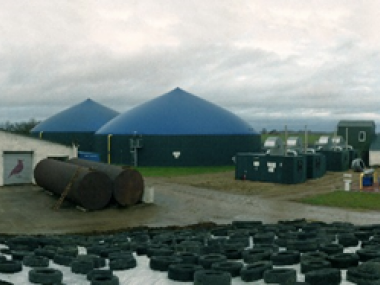AGRI-URBAN Case Study. Smart use of resources in Jelgava Local Municipality
Edited on
13 February 2017
The examples presented in this case study by Jelgava Local Municipality are evidence of successful initiatives that links the urban and the rural environment. Short circuits of production and consumption can increase profit margins, generate greater autonomy for farmers and foster customer loyalty by linking products to a local area shared by producers and consumers.
Agri-Urban cities have in common the fact of being small and medium-sized cities, showing strong links between the urban and the rural environment. For this reason, Jelgava Local Municipality examples can be exploited by the other cities to create jobs in the agri- food sector and improve the overall sustainability of their local food ecosystem.
The same connection shown by Jelgava Local Municipality with neighbouring municipalities of their territory shows the potential to connect with other nearby municipalities that engage in similar dynamics, creating inter-regional poles for agri- ecological production and consumption in the form of intercity or interregional agri-belts.
Finally, urban transition towards a model of sustainability requires at the same time a cultural change in the demand of food by the population.
Dowload here
 Submitted by Antonio Zafra on
Submitted by Antonio Zafra on
